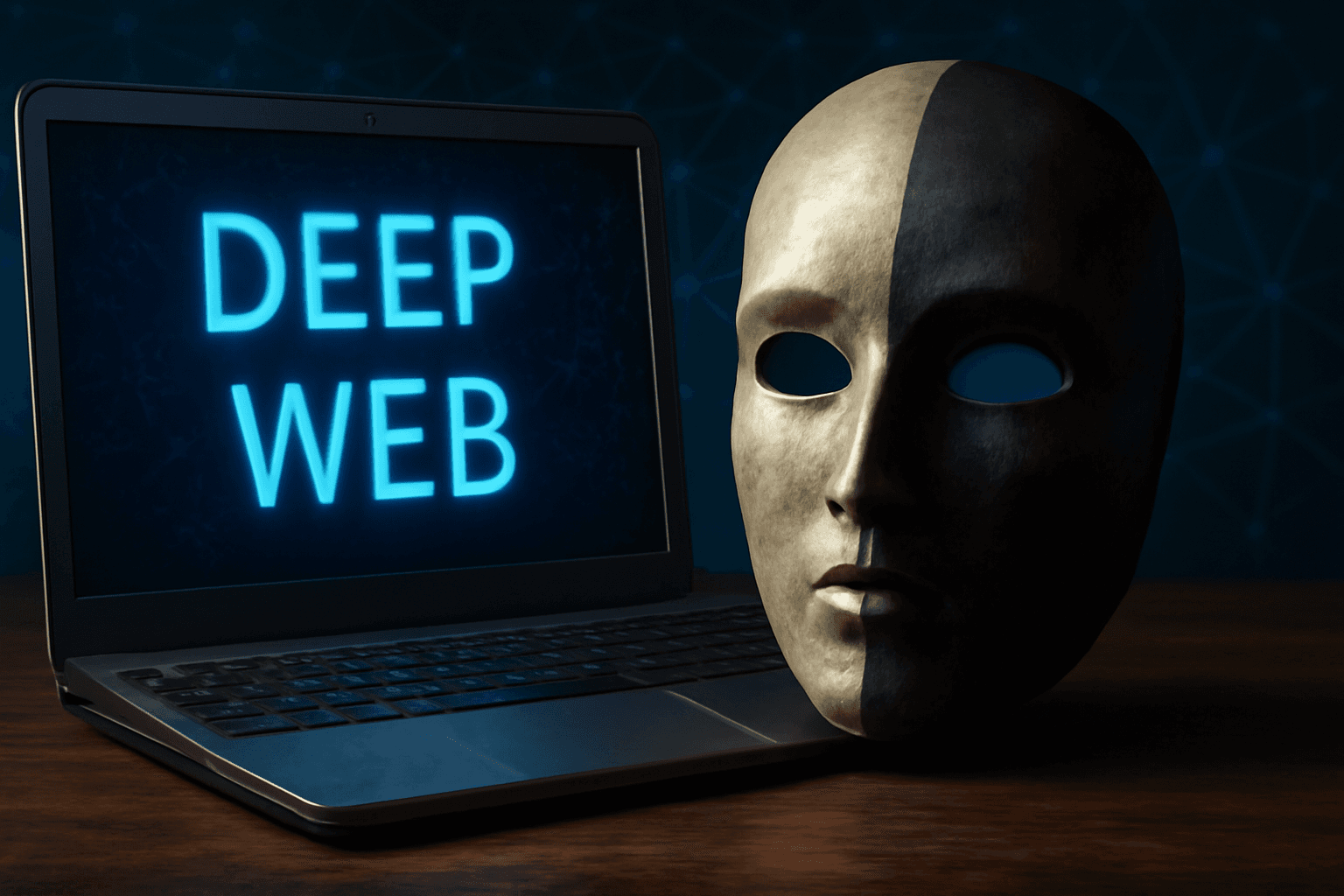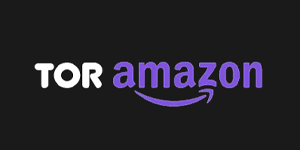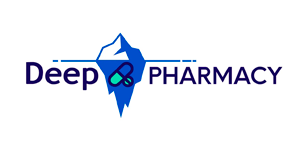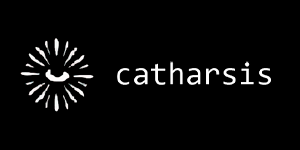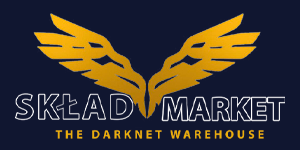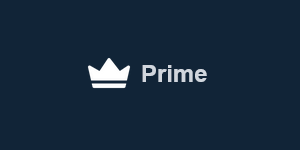Last Updated on May 14, 2025 by DarkNet
Introduction
Roughly 96 percent of the web is invisible to Google and Bing—an online iceberg whose vast bulk lies beneath the searchable surface. This hidden realm is often lumped together under one ominous label, yet the Deep Web (routine private databases and password‑protected portals) and the Dark Web (encrypted networks rife with anonymity and illicit marketplaces) are radically different ecosystems. Confusing the two can lead to unnecessary fear, missed opportunities, or risky clicks that jeopardize personal security. In the pages ahead, we’ll untangle the jargon, chart where everyday tools end and Tor begins, and weigh the legitimate uses against the very real dangers. Whether you’re a cybersecurity professional, a journalist, or simply a curious netizen, this guide will equip you to navigate—and evaluate—the Internet’s most misunderstood frontiers.
The Three Layers of the Internet
Surface Web
The Surface Web is the familiar, map‑quested portion of the Internet that search engines crawl and index by default. When you read today’s headlines on CNN.com, stream a YouTube tutorial, or price‑check an item on Amazon, you’re traveling this well‑lit layer. Pages here use standard HTTP/HTTPS protocols, are openly linked, and require no special permissions to view. Despite feeling infinite, the Surface Web represents only a sliver—about 4 percent—of online content, making it the digital equivalent of a storefront window on a sprawling, mostly hidden mall.
Deep Web
Sitting just beyond the reach of Google’s spiders, the Deep Web contains password‑protected, paywalled, or otherwise unindexed pages that are perfectly legal and routine. Think of your online banking dashboard, a university’s subscription‑only research database, or a company’s internal HR portal. These pages live on the same infrastructure as the Surface Web, but they’re shielded by logins or dynamic queries, so casual browsers can’t stumble in. The Deep Web’s main purpose is privacy and efficiency, not secrecy; it simply houses information meant for specific eyes.
Dark Web
The Dark Web is a deliberately concealed sub‑layer that functions over specialized anonymity networks such as Tor (.onion sites) or I2P. Traffic is routed through multiple encrypted relays, obscuring both user and host locations. This cloak attracts whistleblowers, activists under repressive regimes, and, infamously, black‑market operators like the defunct Silk Road. Access requires dedicated software and precise URLs, so sites don’t turn up in conventional search results. While not intrinsically illegal, the Dark Web’s design favors activities—from privacy‑centric email services to contraband marketplaces—that rely on staying in the shadows.
Deep Web vs. Dark Web at a Glance
Key differences emerge in how each layer is found, entered, used, and policed.
|
Aspect |
Deep Web |
|
|---|---|---|
|
Indexing |
Not indexed; hidden behind logins or dynamic queries |
Deliberately unindexed; concealed within anonymity networks |
|
Access Tools |
Standard browsers plus correct URL and credentials |
|
|
Typical Content |
Online banking, subscription databases, corporate portals |
Anonymous forums, whistleblower dropboxes, illicit marketplaces |
|
Legality |
Largely legal; policies set by site owners |
Access legal, but much hosted content violates laws |
|
Primary Risks |
Credential theft, data leaks |
Scams, malware, surveillance, law‑enforcement stings |
Why the Deep Web Matters
Estimates suggest the Deep Web dwarfs the searchable Surface Web by a factor of 400–500, representing roughly 90 – 96 percent of all online data. That hidden trove includes more than a billion intranet pages and upward of five million terabytes of content—far beyond the 100 terabytes Google’s public index is believed to cover.
Much of this vast space powers everyday life. Online banking portals protect balances and transfers behind secure logins; software‑as‑a‑service dashboards keep company sales pipelines and customer records private; electronic medical‑record systems encrypt patient histories for HIPAA compliance; and university libraries gate peer‑reviewed journals so scholars can mine archives without paywall work‑arounds. These services rely on the Deep Web’s controlled access to safeguard sensitive information while keeping it instantly available to authorized users.
By contrast, the Dark Web turns privacy into near‑total anonymity—a shift that carries very different implications.
How the Dark Web Works
Onion Routing
Onion routing funnels your data through a volunteer‑run chain of servers called nodes. Before leaving your device, the message is wrapped in multiple layers of encryption—like the skins of an onion. Each node peels off one layer, learning only where to send the packet next. Because no single relay ever sees both your identity and your destination, observers—even ISPs—can’t easily match the two. Practical implication: users gain IP‑level anonymity, frustrating routine tracking and government surveillance.
Alternative Networks (I2P & Freenet)
I2P and Freenet offer dark‑web‑like secrecy without relying on Tor. I2P uses “garlic” routing: multiple encrypted messages are bundled together and tunneled within its own peer‑to‑peer mesh, so sites ending in .i2p never touch the open Internet. Freenet distributes encrypted data chunks across participants’ hard drives, turning the network into a resilient, censorship‑resistant datastore. Practical implication: activists or file‑sharing communities can choose a platform optimized for sustained uptime or for rapid, disposable communication depending on their risk profile.
.onion Domains
A .onion address is a cryptographic hash—not a human‑readable URL—generated when a server configures itself as a Tor “hidden service.” Because the string never enters the global Domain Name System, only Tor’s internal directory can translate it into a route, blocking standard browsers from stumbling in. Addresses are long, random, and can be rotated quickly, making takedowns difficult but also challenging for users to verify authenticity. Practical implication: you must obtain the exact address from a trusted source or risk imposter sites.
Legality and Ethics
Using Tor or other anonymity networks is lawful in most of the world, including the United States and the European Union, so long as the traffic itself does not break existing statutes. In the U.S., courts have repeatedly held that merely masking an IP address is protected by the First Amendment and the right to privacy, though investigators may still subpoena relay operators when pursuing criminal cases. Within the EU, the General Data Protection Regulation (GDPR) recognizes encryption as a valid privacy safeguard, yet several member states—most notably France under its 2021 anti‑terrorism law—can compel service providers to disable access to hidden services deemed a national‑security threat. Thus, legality hinges on usage, not the technology.
The Dark Web’s anonymity enables whistleblowing platforms such as SecureDrop, allows journalists to communicate with sources in repressive regions, and gives dissidents a safe channel for organizing when open forums are censored. Nonprofit drug‑information sites, cryptography research hubs, and privacy‑centric email services also operate there legitimately. Conversely, the same cloak shields black‑market storefronts trading stolen data, weapons, or narcotics, along with ransomware gangs’ extortion pages. Because the tool is content‑agnostic, its ethical weight falls on the user’s intent—protecting free expression for some while facilitating crime for others.
Real‑World Examples
-
Silk Road (2011–2013) was a pioneering dark‑web marketplace that processed an estimated $1 billion in bitcoin‑denominated drug and counterfeit sales before the FBI seized its servers in October 2013. Founder Ross Ulbricht received a life sentence in 2015 and a contentious presidential pardon in 2025.
-
Operation Onymous, a joint Europol‑FBI sweep in November 2014, shuttered more than 400 .onion domains—including Silk Road 2.0—and arrested 17 suspects across 17 countries. The coordinated raids proved hidden services are not invincible and signaled deeper international cooperation against dark‑web crime.
-
Bellingcat’s Whistleblower Portal: In 2023 the investigative outlet Bellingcat launched a SecureDrop .onion site so whistleblowers could anonymously upload documents on war crimes and corruption. The case highlights a lawful use of dark‑web infrastructure to protect sources and strengthen public‑interest journalism amid growing global censorship.
Risks and How to Stay Safe
Technical Threats
Malware‑laden files, drive‑by exploits, and spoofed .onion URLs are common hazards on the Dark Web. Malicious exit nodes can inject code or harvest credentials, while sophisticated “traffic correlation” attacks may deanonymize users by matching entry and exit timestamps. Even legitimate sites pose risk if their servers are misconfigured, leaking IP logs or unpatched vulnerabilities that adversaries can scrape.
Legal and Financial Fallout
Law‑enforcement stings frequently impersonate black‑market vendors, capturing purchase records and cryptocurrency trails that investigators can follow back to real‑world identities. Buying contraband may trigger federal charges, civil asset forfeiture, or lifetime placement on watchlists. Employers and financial institutions increasingly monitor blockchain analytics; a single flagged transaction can freeze accounts or derail security clearances, regardless of intent.
Minimum Protection Checklist
-
Boot Tails or another hardened live OS
-
Use Tor Browser with JavaScript disabled
-
Visit only HTTPS onion sites you verified
-
Create fresh, mixed crypto wallets per transaction
-
Sign and verify messages with PGP fingerprints
Myth‑Busting
-
“Dark Web equals crime” – The network also hosts whistleblower dropboxes, privacy‑centric email, and censorship‑resistant journalism.
-
“Deep Web and Dark Web are the same” – The Deep Web is mostly routine password‑protected content, while the Dark Web requires special anonymity networks.
-
“Tor is unbreakable” – Traffic correlation, endpoint malware, and careless user behavior can still reveal identities despite layered encryption.
What’s Next for Hidden Networks
As surveillance tools grow more sophisticated, hidden networks are pivoting toward quantum‑resistant encryption—algorithms designed to withstand future quantum computing attacks that could render today’s cryptography obsolete. While promising for preserving long‑term anonymity, these protocols are still evolving and may add latency or compatibility issues with existing tools like Tor or I2P. Widespread adoption depends on balancing speed, trust, and accessibility.
Meanwhile, proposed U.S. and EU legislation targeting end‑to‑end encryption could force platforms to build in “lawful access” mechanisms, potentially undermining the very privacy guarantees that make hidden networks viable. At the same time, decentralized storage projects like IPFS and Filecoin are gaining traction, offering resilient, distributed alternatives to centralized servers. These systems promise censorship resistance and permanence—but also face challenges like moderation, illegal content control, and usability for non‑technical users.
Conclusion
Knowing where the Deep Web ends and the Dark Web begins separates privacy from high‑stakes anonymity. Banking portals, health records, and research databases sit behind controlled access, whereas hidden services trade in secrecy that can shelter a dissident or ensnare a reckless shopper. By recognizing the distinct purposes, tools, and risks of each layer, you can choose the right level of protection—strong passwords and two‑factor on one side, hardened live systems and PGP on the other—and keep your online footprint deliberate.
Sources
-
Tor Project, “Onion Services,” 2024
-
Tor Project, “2024 Year in Review,” 2024
-
Goldschlag, Reed & Syverson, “Onion Routing for Anonymous and Private Internet Connections,” 1999
-
Europol, “Operation Onymous Overview,” 2014
-
U.S. Department of Justice, “Ross Ulbricht Sentencing Press Release,” 2015
-
BrightEdge Research, “Channel Share Report,” 2019
-
Tor Project, “Arti 1.2.0 Release,” 2024
-
SecureDrop Project, “SecureDrop Documentation,” 2023





